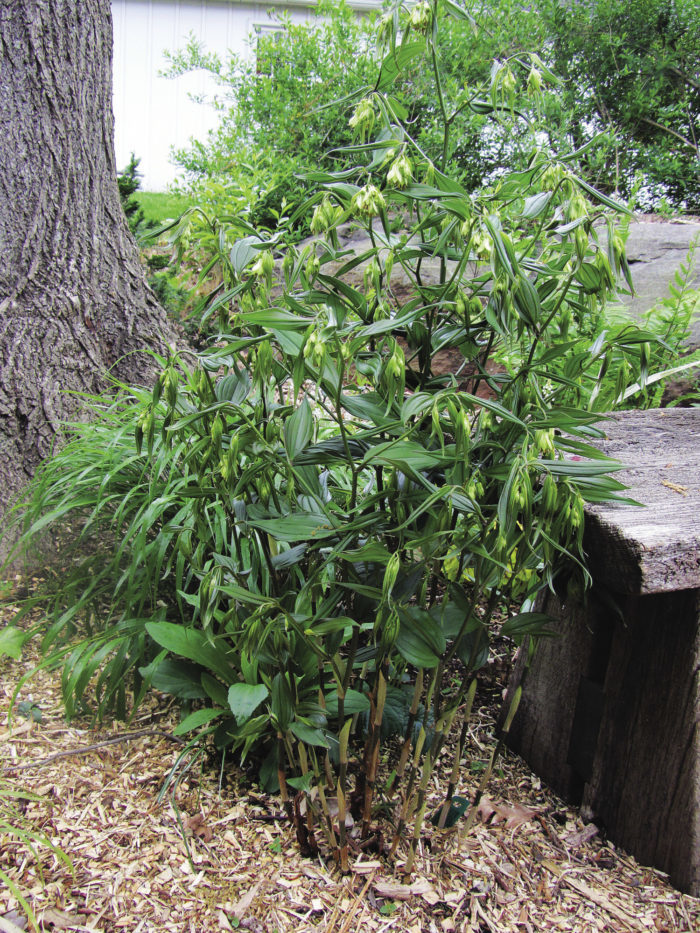
I recently designed my third shade garden on as many properties. As my fascination with shade plants grows, I continually look for more variety beyond the plants commonly available in local nurseries. Don’t get me wrong, I don’t dismiss or ignore the ordinary. The foundation of all my gardens is built on established tried-and-true plants. They are considered “common” because, over time, they’ve proven themselves in durability and reliability. My beds all start with a structure built on these old reliables, but then I sprinkle in novel and exotic options that excite my inner, unabashed plant geek. The following are plants that you might not be familiar with but that I’ve found are perfect for adding something out of the ordinary to your shady spots.
Exotic-Looking Stems and Flowers
‘Night Heron’ fairy bells (Disporum longistylum ‘Night Heron’ )
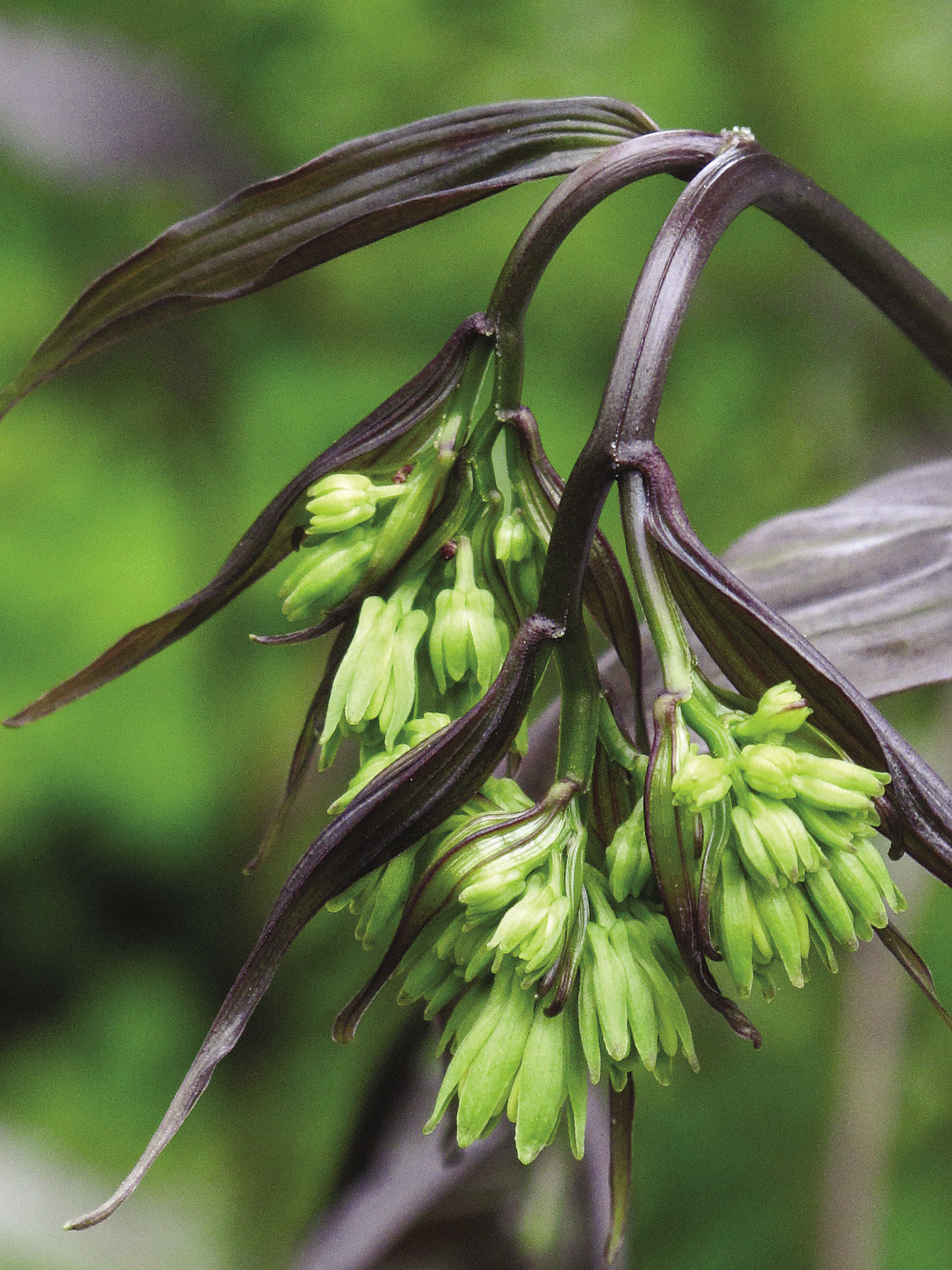
Fairy bells are the lesser-known and underutilized cousins to Solomon’s seal (Polygonatum spp. and cvs., Zones 3–8). I find most have a more delicate and open-branched structure that makes them airier than their thicker-stemmed, broader-foliaged relatives. Downward-turning, yellow or white, bell-shaped flowers earned them their common name.
‘Night Heron’ is one of the tallest forms with arching, bamboolike dark stems adorned with narrow leaves that emerge dark purple in spring and turn green with summer’s warmth. Purple spring foliage and stems reminiscent of the dark plumage colors of the black-crowned night heron allegedly inspired the name of this cultivar. Racemes of small, bell-shaped white flowers tinged in green emerge from the leaf axils in spring and develop into purple-black berries in late summer.
USDA Hardiness Zones: 5 to 9
Size: 30 inches tall and 12 to 18 inches wide
Conditions: Partial to full shade; rich, moist, well-drained soil
Beautiful Summer Flowers Paired with Awesome Fall Color
Indian physic (Porteranthus trifoliatus syn. Gillenia trifoliata)
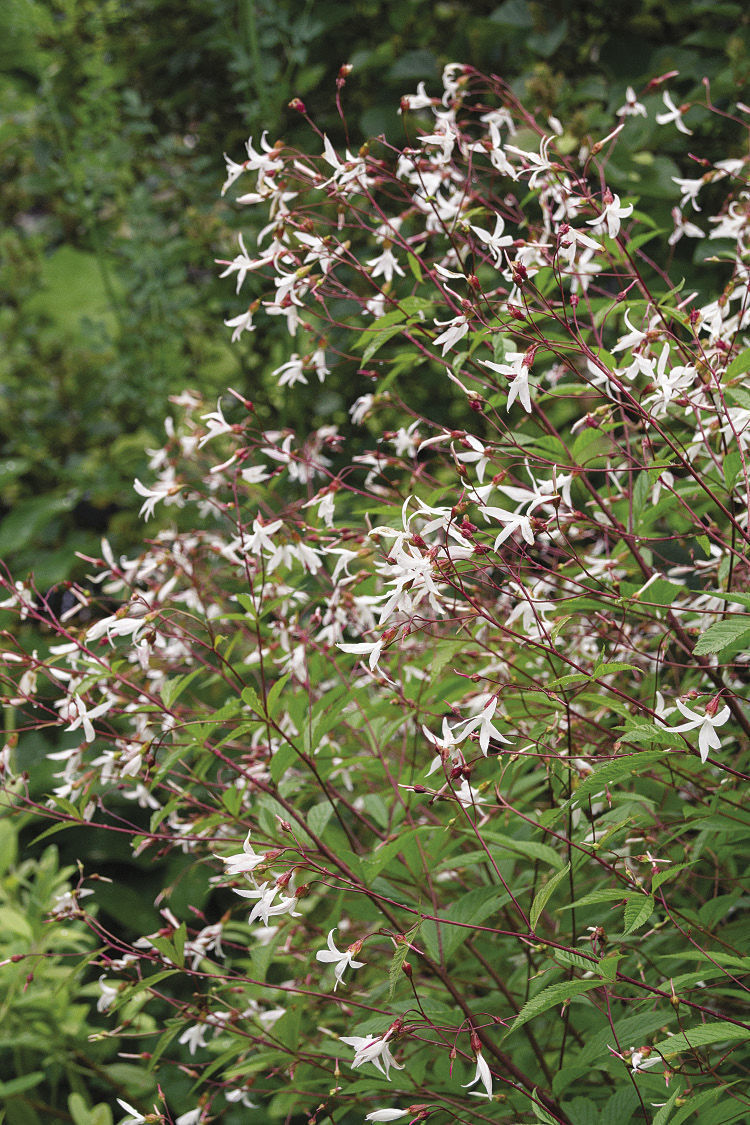
It is amazing this native of the northeastern United States and Canada has not garnered more attention. To me, it’s a perennial that wants to mimic a shrub when mature. I adore its wiry red stems massed with delicate, star-shaped white flowers. They flutter and float so delicately they look like tiny butterflies. The white blooms sparkle in lightly shaded areas where dark-flowered plants otherwise fade into the background. As lovely as Indian physic is during late spring and early summer when flowering, it also dresses up for fall. I value the olive-green leaflets changing to red in autumn paired with the dark stalks still holding red calyxes from the spring flowers. The texture is fine enough and scaled appropriately to make a lovely foil against bold-foliaged giant hostas.
Zones: 4 to 8
Size: 2 to 4 feet tall and 18 to 36 inches wide
Conditions: Full sun to partial shade, well-drained soil
Unusual Leaves but Even More Unusual Flowers
‘Shell Shocked’ panda wild ginger (Asarum maximum ‘Shell Shocked’)
One definition of plant geek might be, a person who looks beyond the incredible foliage of perennial gingers and starts selecting new ones based on their alien-looking, odd flowers you must lie on the ground to see. A definition of an optimist could be my purchasing a Zone 7 ginger and planting it in my Zone 5 garden. And, the definition of ecstasy is my joy of ‘Shell Shocked’ surviving two winters in Wisconsin.
Gingers excel in the foliage department, and this one is no exception. Tony Avent of Plant Delights Nursery may have described ‘Shell Shocked’ best when he said the plant that flaunts dark, glossy, pewter-green leaves sports an “embossed tortoiseshell vein pattern.” It has been golden hued for me in spring. The flowers demonstrate why it is called panda wild ginger with their black-and-white fuzzy appearance. The blooms are enormous, outward facing, and much more obvious than on most gingers. I am waiting with bated breath to see if ‘Shell Shocked’ graces me with a third season. For those of you lucky enough to live in Zone 7 or warmer, embrace it.
Zones: 7 to 9
Size: 5 inches tall and 18 inches wide
Conditions: Partial shade; fertile, moist, well-drained soil
A Sleeper at the Season’s Start but a Thriller in the End
Blue cohosh (Caulophyllum thalictroides)
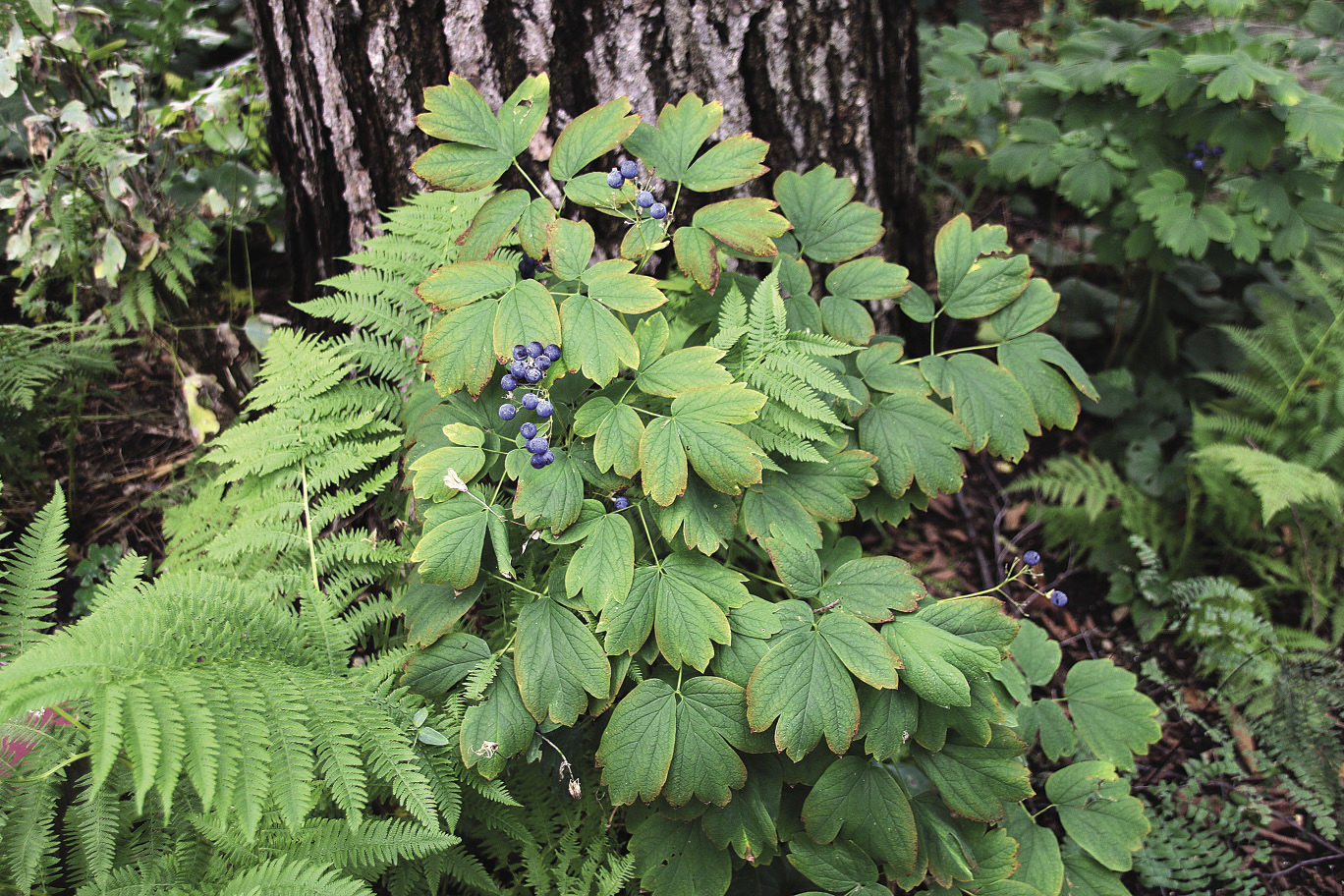
Blue cohosh’s lack of showiness may deter some folks, but I have come to appreciate this native for its subtleties. The glaucous blue-green foliage resembles meadow rue (Thalictrum spp. and cvs., Zones 4–8); it is coarser but still a fine texture to contrast the bold foliage of hostas, mayapples (Podophyllum spp. and cvs., Zones 3–9), or even ferns. The small brown to yellow-green flowers are not distinctive, but they lead to gorgeous green changing to purple-blue, fruitlike seeds. The leaf margins often turn a burnished bronze for fall interest, and the foliage remains fresh through frost. Native aficionados should not be without it, but it will grace any ornamental shade garden with value as well.
Zones: 3 to 8
Size: 1 to 2 feet tall and 1 foot wide
Conditions: Partial to full shade; rich, moist, neutral to slightly acidic soil
Increased Variegation Makes It Eye-Catching
‘Double Stuff’ Solomon’s seal (Polygonatum odoratum ‘Double Stuff’)
One of the true heroes of the shade garden is variegated fragrant Solomon’s seal (P. odoratum ‘Variegata’, Zones 3–8). This colonizer is robust, and I have seen it grow successfully and laugh in the face of some tough sites. In fact, it is probably present at every plant-division sale because it is overly successful in good garden soils. In recent years, we have seen new selections and forms of several species of Solomon’s seal, many sporting wider bands of white. ‘Double Stuff’ is one of the more resplendent. It is slower growing than ‘Variegata’ due to reduced chlorophyll but roughly the same height, with lovely red stems that augment tan fall foliage (especially if backlit by late season sun). It also has those same fragrant flowers. The eye-popping variegation is truly ‘Variegata’ on steroids.
Zones: 3 to 9
Size: 12 to 18 inches tall and wide
Conditions: Partial to full shade; fertile, moist, well-drained soil, tolerates drier soil once established
Oddly Alluring Flowers with Great Texture
False hydrangea (Deinanthe bifida)
Take a busload of Midwestern gardeners to the East Coast, set them loose in gardens where savvy plant enthusiasts have embraced false hydrangea, and listen for shrieks of delight. That is how I first encountered this plant, which showed up in a number of gardens on several of my Eastern tours. Even though I love and use large, coarse-textured plants for essential contrast in my designs, I suspect I might have walked by this shrub wannabe had it not been for the unique flowers. They do resemble hydrangea florets but with a waxiness reminiscent of my grandmother’s hoya houseplant. Round balls wrapped in soft pink open to bright white flowers that appear to hover gracefully with accents of baby blue and light pink to blue-violet—they’re truly enchanting.
Zones: 4 to 7
Size: 2 feet tall and wide
Conditions: Partial shade; fertile, moist soil
Ivy Is Out—Try This Deep-Shade Ground Cover Instead
Green-and-gold (Chrysogonum virginianum)
Diminutive isn’t a bad thing, even in the dark. So although green-and-gold isn’t large, few plants will flower with such strikingly bright color in deep shade. This native of the eastern United States can do this because it blooms before deciduous trees have fully leafed out. The spectacle occurs during the gray days of spring when bright gold, daisylike flowers covering the garden floor is most welcome. The plants continue to bloom lightly throughout the season unless they succumb to high summer heat; even then they will lightly rebloom in autumn. Once established, green-and-gold creates a soft carpet—without spreading aggressively—in areas of deep shade where it is hard to establish anything.
Zones: 5 to 9
Size: 6 to 12 inches tall and 8 to 18 inches wide
Conditions: Partial to full shade; rich, acidic, moist, well-drained soil
Calling Its Leaves Huge Is an Understatement
Many-flowered Chinese mayapple (Podophyllum pleianthum)
As children, my siblings and I were fascinated by the waves of common mayapple (P. peltatum, Zones 3–8) that colonized dry hillsides of our upstate New York farm. It was an oddity in our minds; hundreds of umbrellas marching across the landscape hiding green, hard fruits seemingly misnomers, since my dad called them apples. As a gardener, I ignored it for years as commonplace. It took the novelty of the Asian introductions to renew my interest in this woodland stalwart. One of the Asian varieties that fired this appreciation is perhaps the largest leaved mayapple I have seen in U.S. gardens. The Chinese mayapple doesn’t beg for attention, it commands it with enormous glossy, dark green leaves over 1 foot across on 2-foot-tall stems. It resists the dormancy our native mayapple falls into when under all but extremely hot, dry summers so provides drama year-round. The clusters of spring flowers are red rather than white and more numerous than the native form, but it is the spectacle of the foliage that makes it a diva.
Zones: 5 to 8
Size: 2 feet tall and 4 to 5 feet wide
Conditions: Partial to full shade; fertile, moist, well-drained soil
Good to Know
Looking for Uncommon Shade Plants? Try the Natives Section
There are a couple of challenges I hear people complain about when it comes to shade—one of the most frequent is not knowing where to find less common selections. My advice is to start with woodland natives.
Here’s why:
1. These plants have adapted to the cultural conditions of the region and generally establish more successfully with less fuss and failure.
2. Many native shade plants can be found easily at plant specialty nurseries or in the native plants section of general nurseries, but there are many mail-order nurseries that ship high-quality plants, bare-root plants, seed, bulbs, and corms. You’ll find many oddities that may not have enough sales appeal to propagate in large quantities for the mass market (especially if they are difficult or slow), but an online nursery will carry a few pots of them.
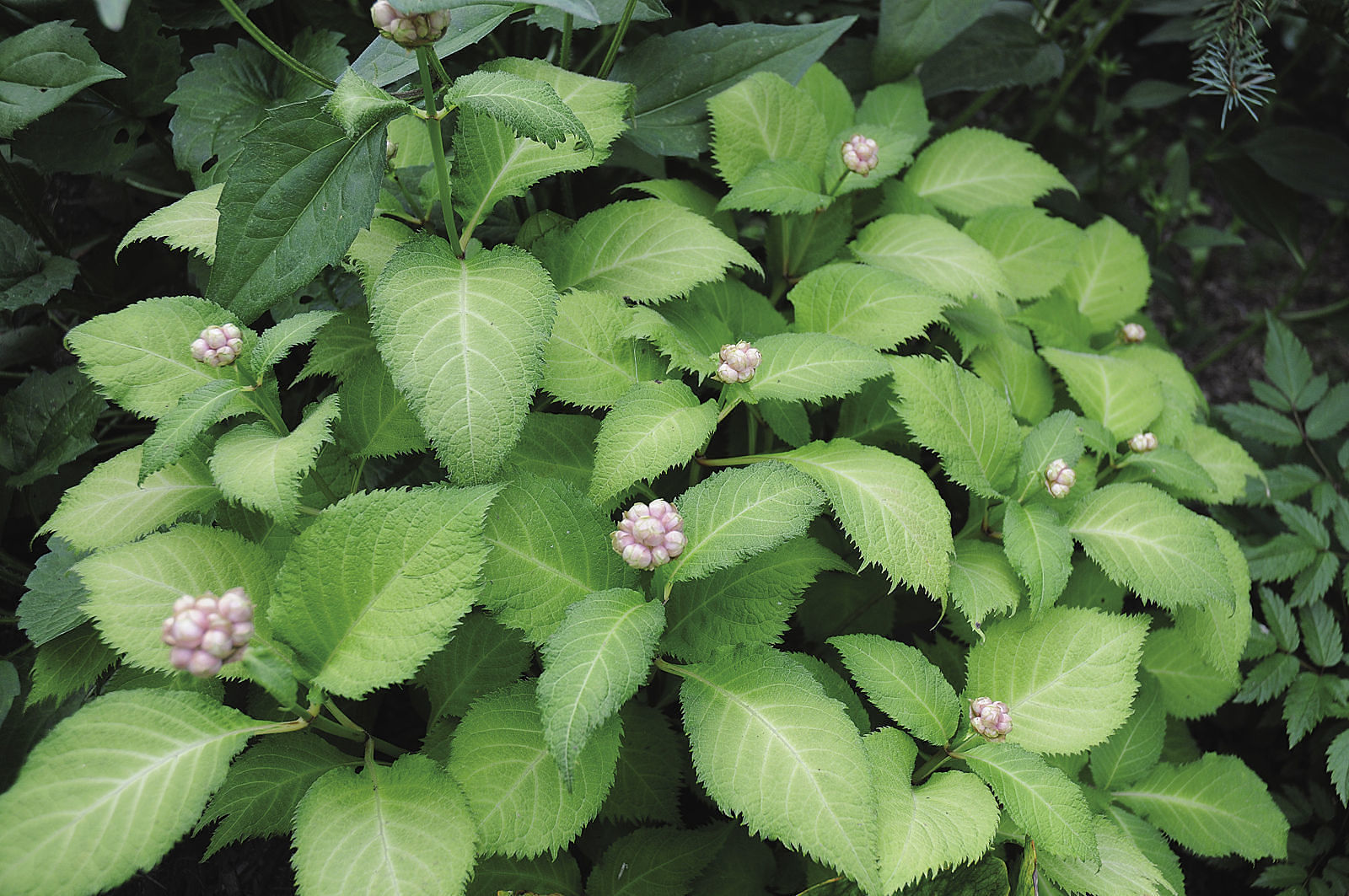
Tip
Staying within zonal ranges doesn’t guarantee success
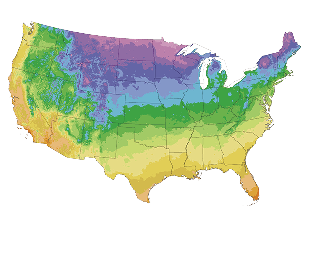
Just as all shady areas are not the same, neither are all zones. Every zone has a wide range of geographical, environmental, and cultural conditions that can differ dramatically. Your property’s unique microclimates and disturbances will also play a role in whether a plant is truly hardy to its site. Start with your zone when selecting plants, but be sure to meet their conditional requirements for the best success.
Edward Lyon is the director of the Reiman Gardens in Ames, Iowa.
Photos, except where noted: courtesy of Edward Lyon; millettephotomedia.com; Doreen Wynja; courtesy of Plants Delights Nursery, Inc.; Joshua McCullough. Illustration: courtesy of the USDA Agricultural Research Service
Sources
Lazy S’s Farm Nursery, Barboursville, VA; lazyssfarm.com
Plant Delights Nursery, Raleigh, NC; 919-772-4794; plantdelights.com
Prairie Moon Nursery, Winona, MN; 866-417-8156; prairiemoon.com
Prairie Nursery, Westfield, WI; 800-476-9453; prairienursery.com


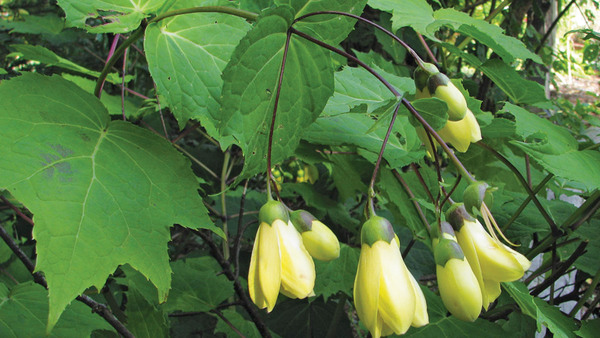
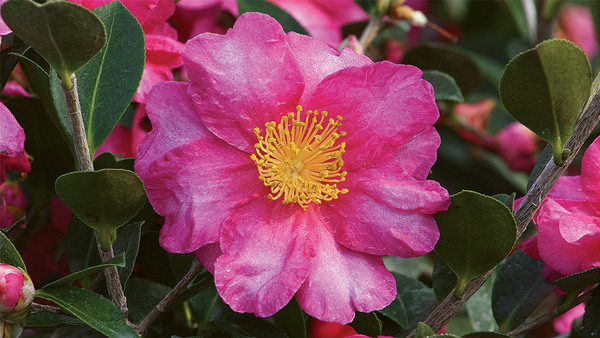
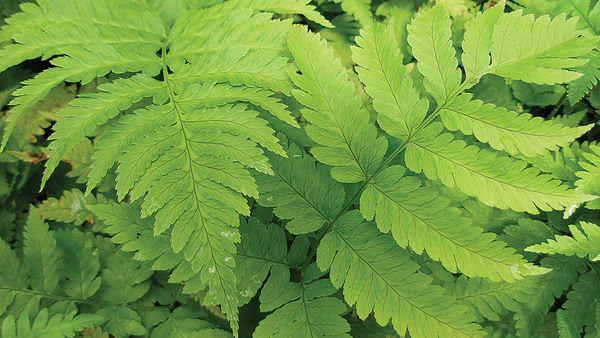
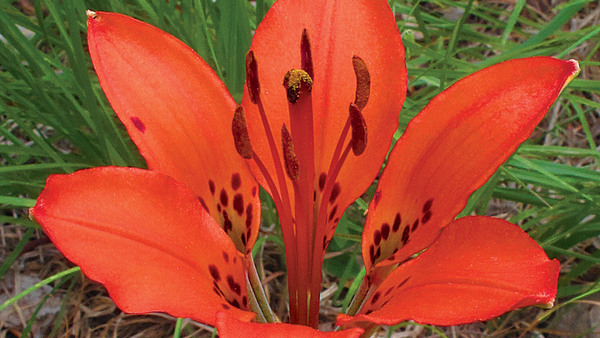












Comments
Log in or create an account to post a comment.
Sign up Log in